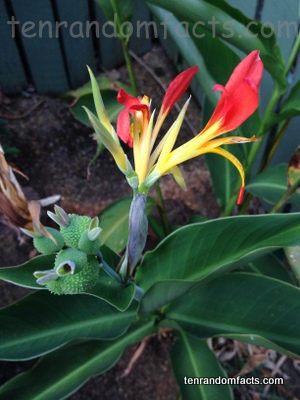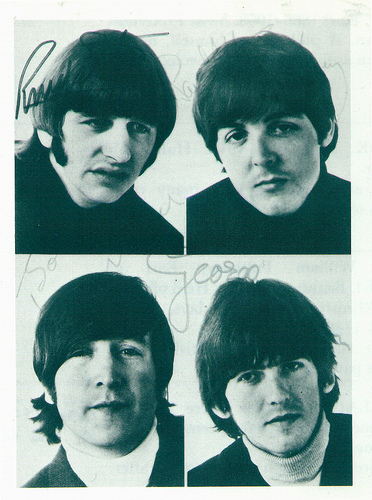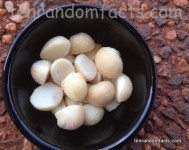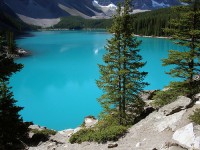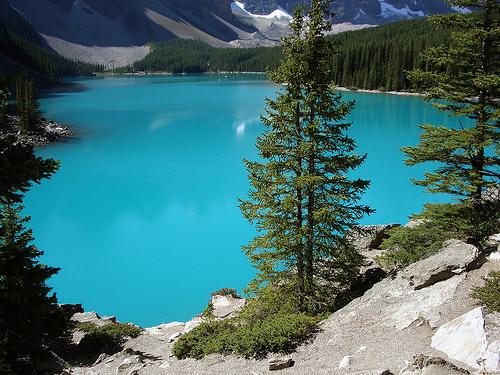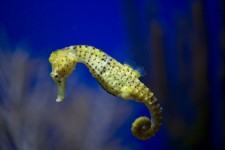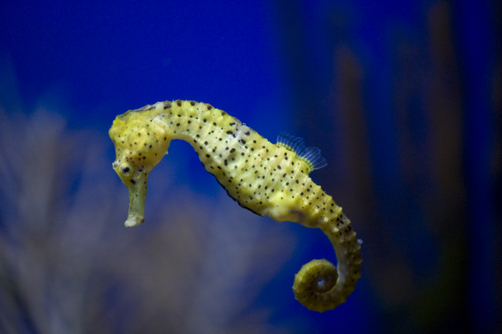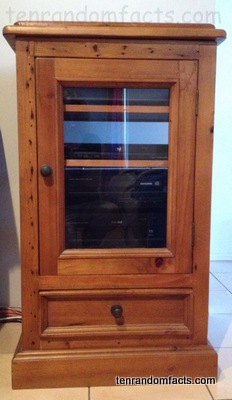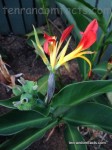
Canna indica can be very deadly.
- Canna indica are perennial plants that are native to the Caribbean and American tropical habitats.
- Canna indica is from the family Cannaceae, the family of canna lilies and is one of the 19 species in the group, and is also referred to by a number of other scientific names.
- Canna indica is also known as ‘saka siri’, ‘canna’, ‘coyol’, ‘bandera’, ‘achira’, ‘platanillo’, ‘wild canna lily’, ‘Indian shot’ and ‘chanacle’.
- Canna indica have small, black, spherical seeds that are dense and sink in water, and are hard enough to be used as bullets, hence one of its common names ‘Indian shot’.
- Canna indica prefer moist, sunny conditions and are often used as an ornamental in the garden, or they can be found in swamps and wetlands, and are also able to be grown in chemically polluted water as a treatment solution.
- Canna indica plants grow to be 0.5 to 2.4 metres (1.6 to 8.0 feet) in height, and have papery seed capsules after flowering
- The rhizomes of Canna indica are edible and are served cooked, and they have also been used medicinally.
- Canna indica have red or yellow coloured flowers sometimes with spots, that flower in autumn and summer and its large green leaves can be used for paper making.
- Canna indica seeds are commonly used as beads in jewellery and rattles in some musical instruments, and a purple dye can also be made from them.
- Canna indica are invasive in many countries including Australia, some islands in the Pacific, and South Africa, and spread easily by their rhizomes and seeds.



